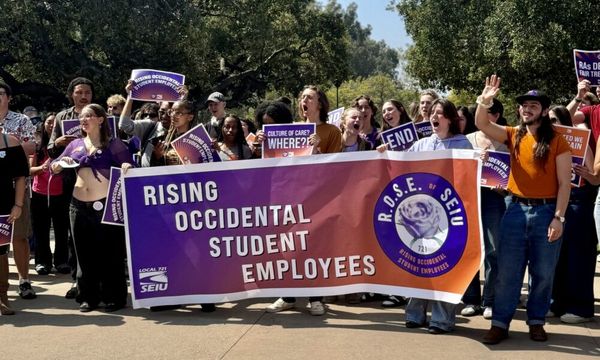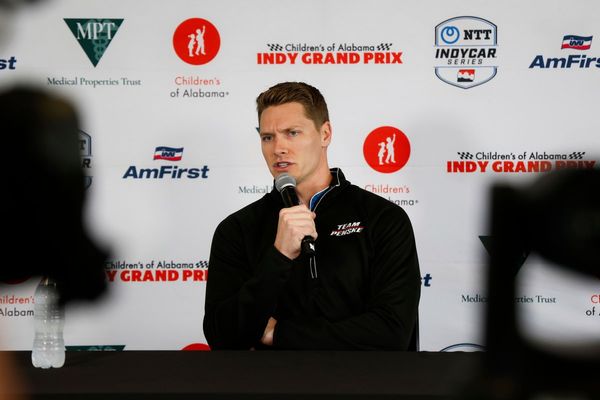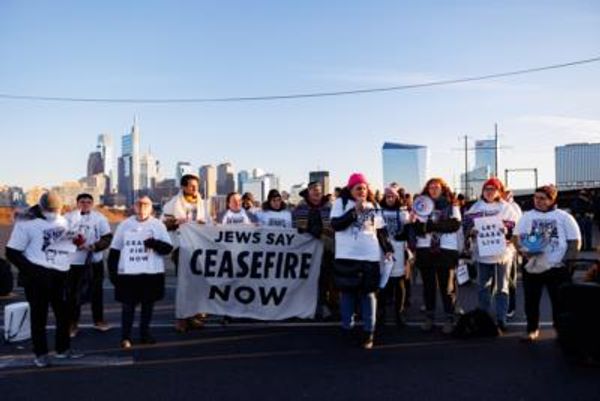
Less than halfway through Hayao Miyazaki’s animated feature Spirited Away, a 10-year-old girl gets her name back. She’s lost too many things since stumbling into a supernatural world—her parents, even briefly her physical body. The retrieval of her name, followed by a friend’s kind gift of a fresh meal, loosens up all her stored grief. Chihiro cries freely for what’s been taken between bites of steamed rice balls.
For the writer Gabrielle Bellot, Miyazaki’s emotionally sensitive depictions of female protagonists, such as Chihiro, offered her attainable models for embodying her own womanhood as a transgender girl growing up closeted in the Commonwealth of Dominica. Fictional characters showed her—as they have shown countless other girls—a fuller and more nuanced path through the world than what her immediate reality would allow.
When Lauren LeBlanc discovered the 1964 novel I Never Promised You a Rose Garden as an adolescent, it gave her much-needed language for the intricate terrors of entering adulthood. And it helped her translate those feelings to her friends, who also needed a lifeline to get through coming-of-age. In The Hate U Give, a contemporary YA novel and film, the protagonist similarly finds new, necessary words to express herself. When she begins to speak up, she gives voice to the particular pain of a Black girl’s rage. She also demonstrates the need for more stories that take Black girlhood seriously.
But not all books manage to respect the complexity of their young audience. In a 2013 essay, Amy Schiller argues that the American Girl franchise of dolls and accompanying books has exchanged introductory lessons on U.S. history and political engagement for bland avatars that merely mirror certain customers and focus on a privileged, insular milieu. By contrast, an exceptional narrative, such as Melissa Febos’s collection Girlhood, can help us unlearn the ones that dominate our culture. Her essays unspool the illogical stories of shame and self-abnegation that girls are taught about sex, consent, and the wounds that boys and men leave. “Febos’s education is a kind I surely could have used,” Sophie Gilbert writes. What new visions might those words have opened up? After all, a story that reflects a reader back to herself can often be meaningful. But a story that changes how she sees can, in no small way, change a girl’s life.
Every Friday in the Books Briefing, we thread together Atlantic stories on books that share similar ideas. Know other book lovers who might like this guide? Forward them this email.
When you buy a book using a link in this newsletter, we receive a commission. Thank you for supporting The Atlantic.
What We’re Reading
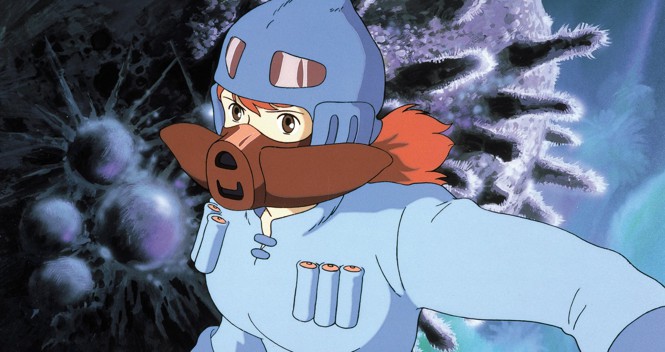
Princess Nausicaä from Miyazaki’s 1984 film, Nausicaä of the Valley of the Wind (Studio Ghibli)
Hayao Miyazaki and the art of being a woman
“Many of [Miyazaki’s] characters, including the Princess Nausicaä, the wolf-girl San, and the delivery girl Kiki, were role models who defied cultural stereotypes of femininity and showed me women who could be anything they wished to be. In a way, they actually saved me.”
🎥 Kiki’s Delivery Service, directed by Hayao Miyazaki
🎥 Nausicaä of the Valley of the Wind, by Hayao Miyazaki
🎥 Princess Mononoke, directed by Hayao Miyazaki
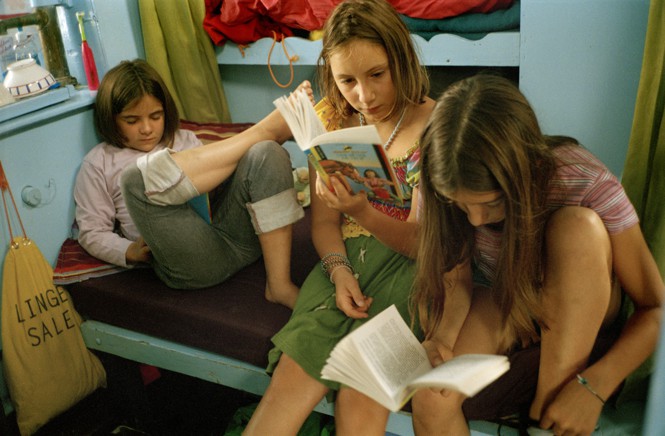
Patrick Zachmann / Magnum
The book that said the words I couldn’t say
“I was trying to share the story of a girl like the two of us, who is scared and lost, but survives. Voices outside our immediate experience offered a lifeline; I felt like they could help me save someone from drowning when I didn’t know how to swim either.”
📚 I Never Promised You a Rose Garden, by Joanne Greenberg
📚 The Bell Jar, by Sylvia Plath
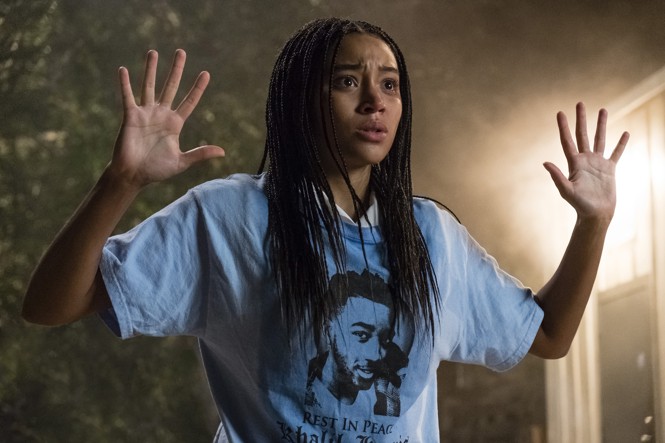
Amandla Stenberg as Starr Carter in The Hate U Give (Erika Doss / 20th Century Fox)
The complexity of Black girlhood is at the heart of The Hate U Give
“The Hate U Give … makes visible the ways in which the rage of Black girls can be politically potent.”
📚 The Hate U Give, by Angie Thomas
🎥 The Hate U Give, directed by George Tillman Jr.

InSapphoWeTrust / Flickr
American Girls aren’t radical anymore
“Organic gardening and school art supplies are perfectly acceptable issues for young girls to tackle, but … these plotlines keep good works close to home, focusing only on issues that affect their own backyards and school days. Problems that mainly affect people who, echoing the My American Girl dolls appeal, look ‘just like me.’”
📚 Samantha Learns a Lesson, by Susan Adler
📚 Kirsten Learns a Lesson, by Janet Beeler Shaw
📚 Kirsten on the Trail, by Janet Beeler Shaw
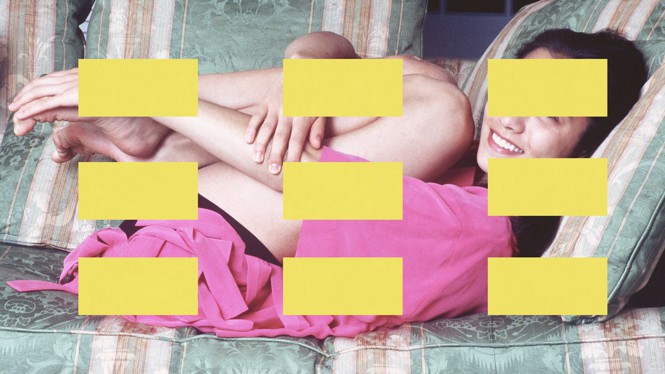
Kypros / Getty / The Atlantic
The unending assaults on girlhood
“The story that girls are taught to adopt, as Febos puts it, is not a logical one. To internalize it requires a lifetime of careful conditioning, and an absence of anyone trying to counter it.”
About us: This week’s newsletter is written by Nicole Acheampong. The book she just started is Annie John, by Jamaica Kincaid.
Comments, questions, typos? Reply to this email to reach the Books Briefing team.


